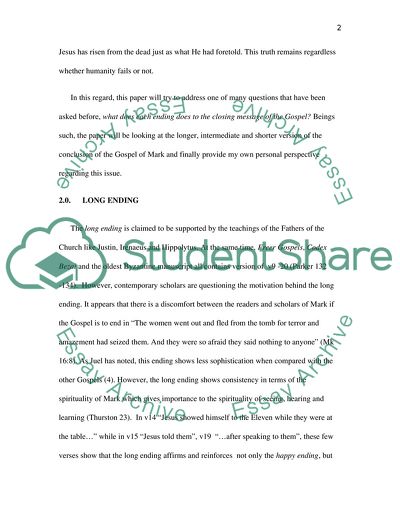Cite this document
(The Gospel According to Mark - How Did It End Essay, n.d.)
The Gospel According to Mark - How Did It End Essay. https://studentshare.org/religion-and-theology/1744533-early-christianity-new-testament
The Gospel According to Mark - How Did It End Essay. https://studentshare.org/religion-and-theology/1744533-early-christianity-new-testament
(The Gospel According to Mark - How Did It End Essay)
The Gospel According to Mark - How Did It End Essay. https://studentshare.org/religion-and-theology/1744533-early-christianity-new-testament.
The Gospel According to Mark - How Did It End Essay. https://studentshare.org/religion-and-theology/1744533-early-christianity-new-testament.
“The Gospel According to Mark - How Did It End Essay”. https://studentshare.org/religion-and-theology/1744533-early-christianity-new-testament.


